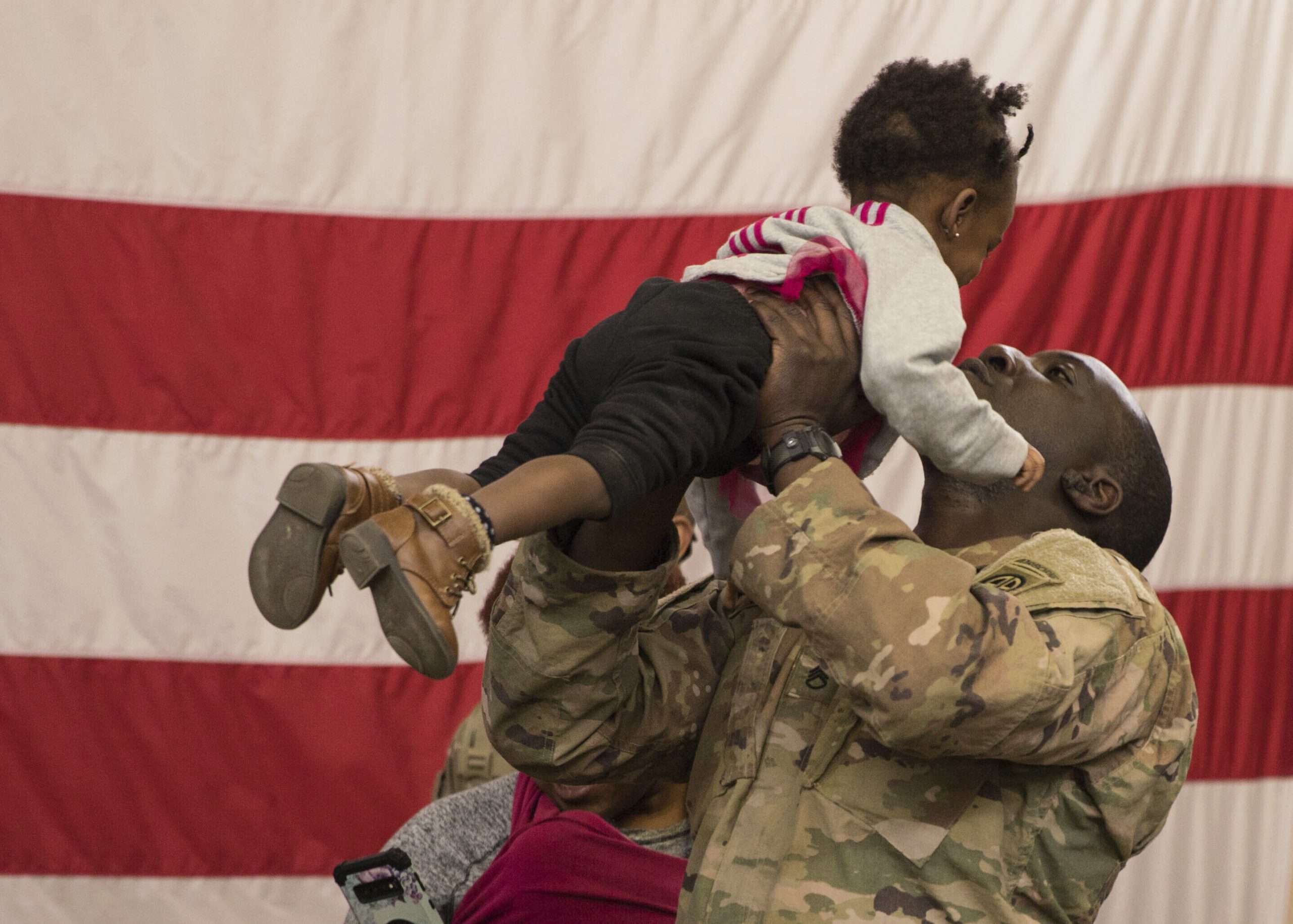About 800 troops rapidly deployed to the Middle East amid tensions with Iran have returned home.
Troops with the 82nd Airborne Division returned to Fort Bragg on Thursday. They were deployed to the region in December after protesters with an Iranian-backed militia group attacked the United States Embassy in Baghdad.
About 2,700 other soldiers who were deployed then still remain in Kuwait, and it is unclear when they will be ordered to return back to the U.S. The deployments came at about the same time the U.S. killed Iranian Gen. Qassem Soleimani in a January drone strike in Baghdad. Iran retaliated by firing several missiles at Iraqi bases housing U.S. forces.
Officials described the rush to get extra troops to the region as the “most significant no-notice deployment of combat forces” in three decades.

“Nearly 800 Paratroopers from the 2nd Battalion, 504th Parachute Infantry Regiment, along with members of the 3rd Squadron, 73rd Cavalry Regiment, the 3rd Battalion, 319th Airborne Field Artillery Regiment and several enabler teams from the Immediate Response Force Brigade (IRF) began their redeployment from the Middle East back to Fort Bragg, N.C.,” the 82nd Airborne said in a statement.
The troops returned a day before Iran holds its parliamentary election, which is expected to see low voter turnout. There has been dissatisfaction with the Iranian regime after about 1,500 demonstrators were killed during protests in November. Anti-regime protests occurred again in January after Iran shot down a Ukrainian airliner, killing 176 people, and misled the public about the crash for days.
Army Maj. Rob Lodewick, a Pentagon spokesman, told the Washington Examiner that troop levels and deployment decisions are based on conditions in the region.
“As conditions in the theater continue to change, commanders constantly reasses force levels. As such, some elements of the [Immediate Response Force] have redeployed to their home stations in order to reset, train, and reassume their vital role in providing ready response options to contingency missions worldwide.”

